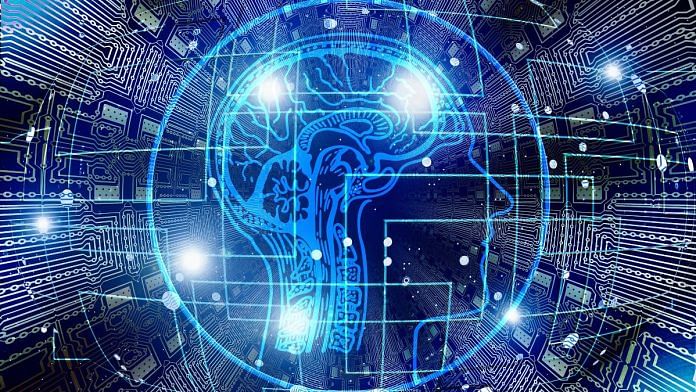Thank you dear subscribers, we are overwhelmed with your response.
Your Turn is a unique section from ThePrint featuring points of view from its subscribers. If you are a subscriber, have a point of view, please send it to us. If not, do subscribe here: https://englishdev.theprint.in/subscribe/
There is a lot being said right now about the fact that AI is overhyped, my assertion is the opposite, if anything the advancements in AI that have happened are underhyped. Leave the stock market aside, it will go through the hype cycle. Looking at the advancements from a technological standpoint, what we are witnessing are the early stages of non-human intelligence. The future of reasoning, human interaction and even scientific research is being invented. If we look at the advances made over the past five years in this field and extrapolate based on scientifically established scaling laws[1] for Large Language Models (LLMs) we can expect exponential growth in capabilities of LLMs to reason, specialize in given domains and collaborate with one another.
To understand how this will happen we must first understand how LLMs can reason. A technique called chain of thought reasoning aims to get LLMs to explain their thought process when arriving at a response. Instead of just providing the answer, chain of thought prompts guide the LLM through a series of steps explaining how it reached the answer. This helps LLMs by breaking down the problem into manageable chunks. Humans use chain of thought implicitly for a range of tasks from simple tasks like a cooking recipe to more complex scientific problems. In addition to breaking down the problem another aspect that can enable LLMs to tackle complex problems is the amount of context they can retain about a given problem. In LLMs this is captured as context windows which are analogous to short-term working memory in humans and refers to the previous text or information LLMs can access to understand the current prompt or question. At present LLMs can be trained with context windows as large as 2 million tokens (words or parts of words)[2] and this is only going to increase in the future. What this means is that very large context windows will enable these models to retain enough context to tackle complex problems.
In addition to reasoning specialization is needed to solve complex problems. In the context of LLMs agents are already being created to focus on specific tasks, we already have agents that focus on code generation[3], data analysis[4], scientific literature review[5] and other tasks. It is not inconceivable that these agents will be able to absorb all the information in a given field like astronomy, generate hypotheses, run experiments and add the result of those experiments into their data corpus making them even more powerful and specialized in a given domain.
Finally, turning to collaboration, there is ongoing research on how LLM agents can collaborate with each other, multiple approaches have been suggested such as prompt based coordination[6], reinforcement learning based co-ordination[7][8] and others. This will enable these agents to combine to solve a problem or even determine a new problem to solve. These agents might also invent new protocols to communicate that we might not be able to understand. This will do for AI agents what the internet did for the PC.
These developments will change the world we live in very quickly and will have an impact on all high value cognitive tasks. We must remember that these agents don’t have emotional intelligence and values that humans have (though some would argue that’s a good thing). We must determine how to limit these systems because if we can’t, then we have a world where the AI will determine how to limit us, hopefully our AI overlords won’t be too harsh.
The author is employed by Microsoft Cloud and AI. Opinions expressed are solely my own and do not express the views or opinions of my employer.
These pieces are being published as they have been received – they have not been edited/fact-checked by ThePrint


